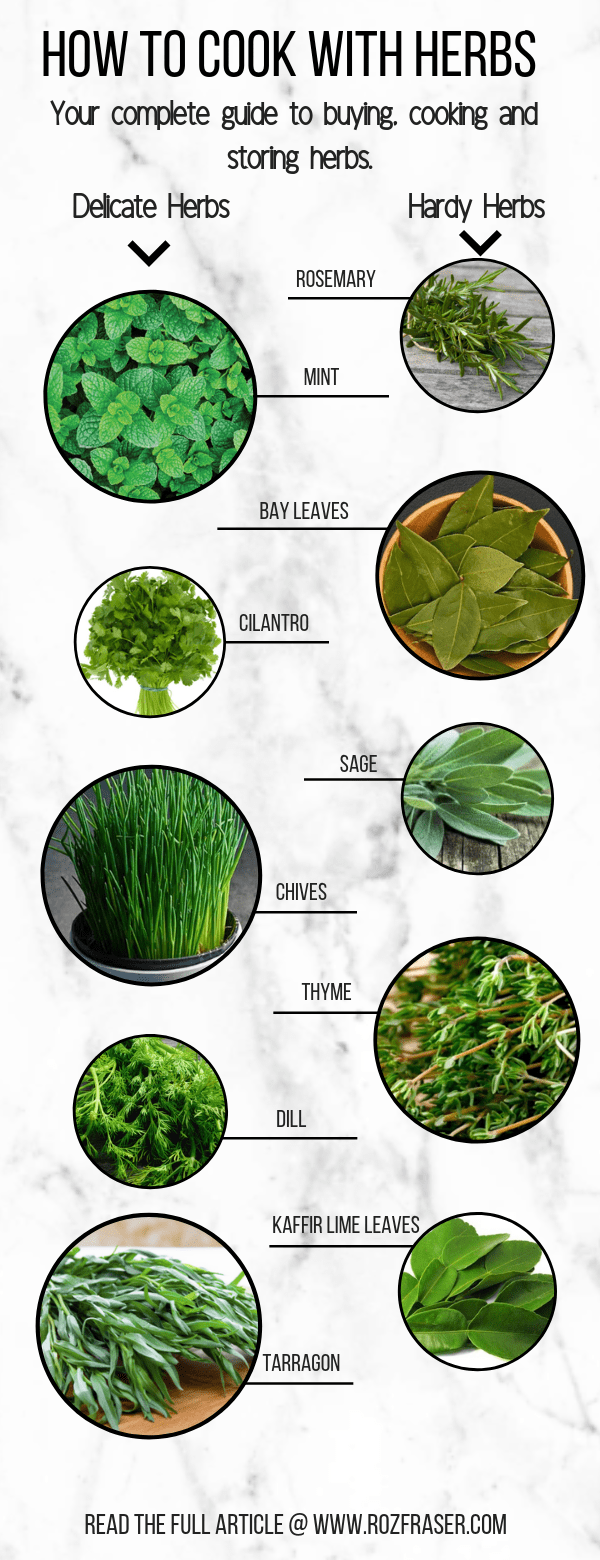How to Cook with Herbs
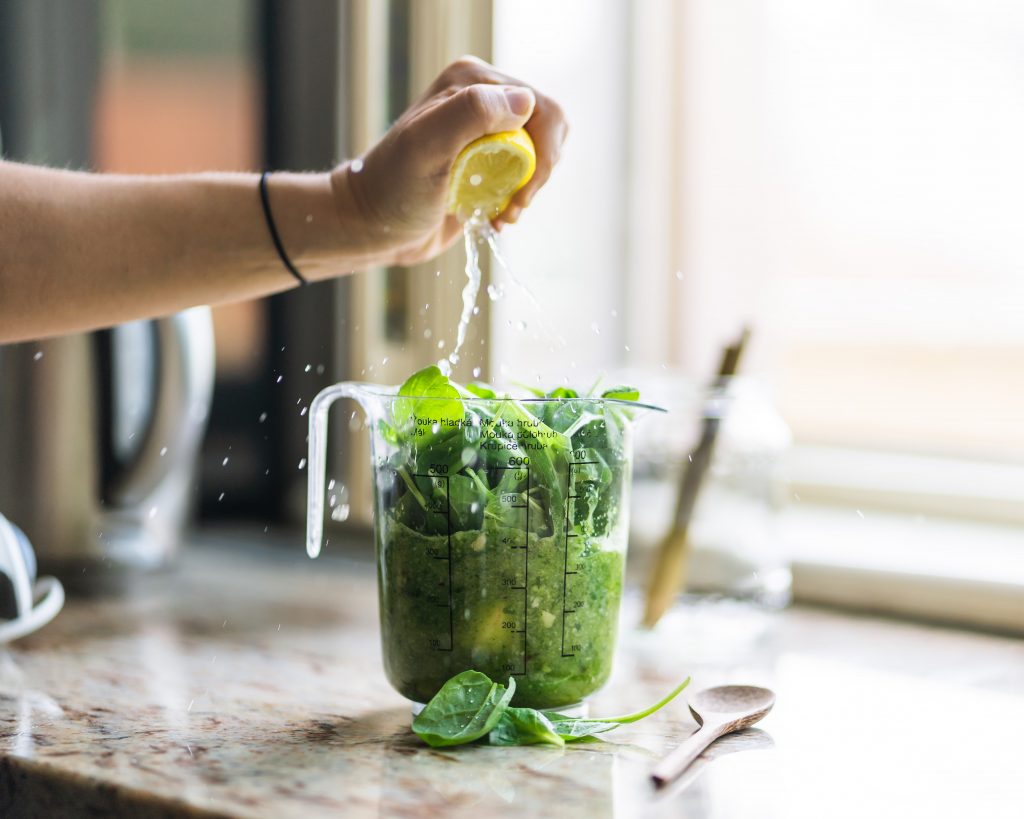
April 2, 2019
Table of Contents
A Complete Guide to Cooking with Herbs
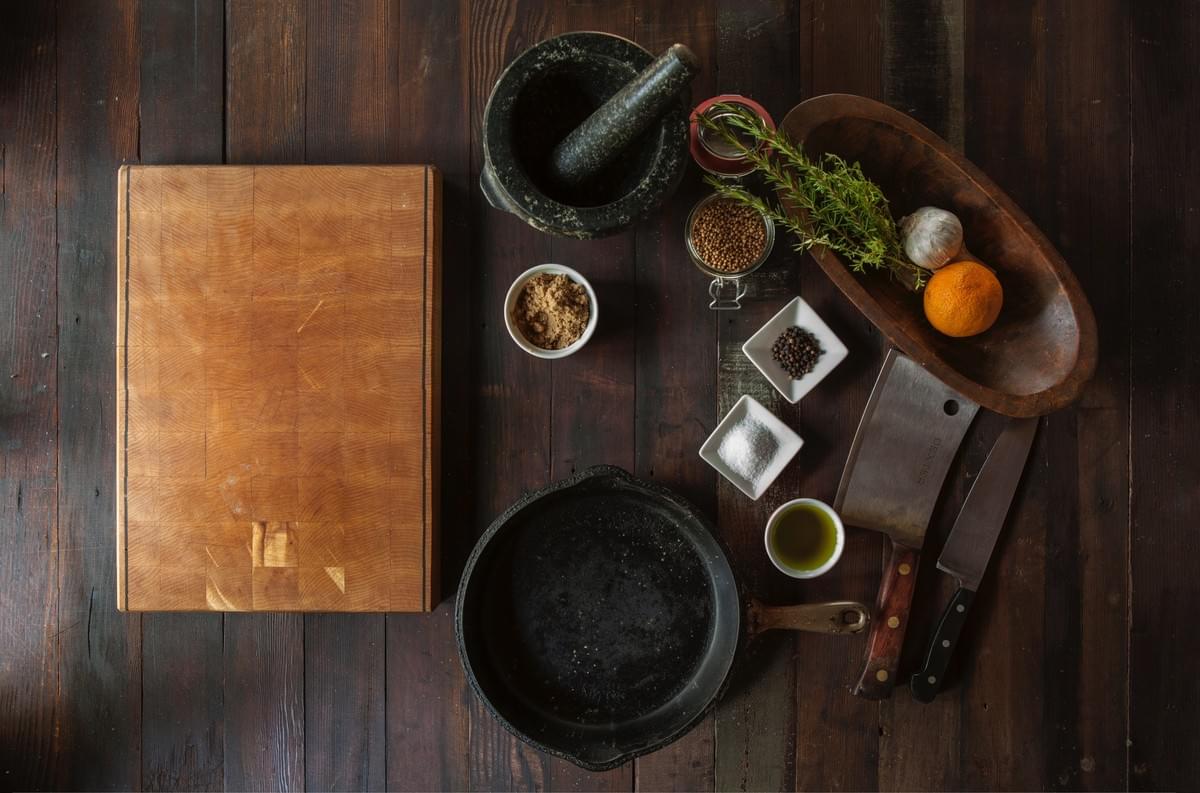
Like spices, herbs can transform a dish. A little generally goes a long way. Read on to discover how to use herbs in your cooking, how to buy and store herbs, and how you can use dried herbs as a substitute for fresh when you’re in a pinch.
There are 2 main categories:
- Delicate herbs – tender + fragile with a gentle flavour
- Hardy (woody) herbs – strong leaves – pungent + robust flavours
Delicate Herbs
Delicate herbs include parsley, cilantro (coriander), dill, chives, mint, tarragon, basil. They are often used at the end of the cooking process to finish or garnish a dish. The leaves of these herbs cannot withstand high heat – although the roots and stems may be added to stews to add flavour.
For example, parsley stems are often added to a bouquet garni – used to flavour French soups and stews. Delicate herbs are also delicious added to summer salads and can be used to make yummy pesto.

Hardy Herbs
Often called woody herbs, hardy herbs include rosemary, bay leaves, sage, thyme, oregano, curry leaves and kaffir lime leaves among others. This type can withstand lots of cooking and are usually added at the beginning (or middle) stage of the cooking process. Herbs like rosemary, thyme + bay leaves are often added to soups stews and casseroles while kaffir lime leaves are used to add flavour to Thai curries. Woody herbs aren’t generally eaten raw and are often removed from soups and curries before serving.
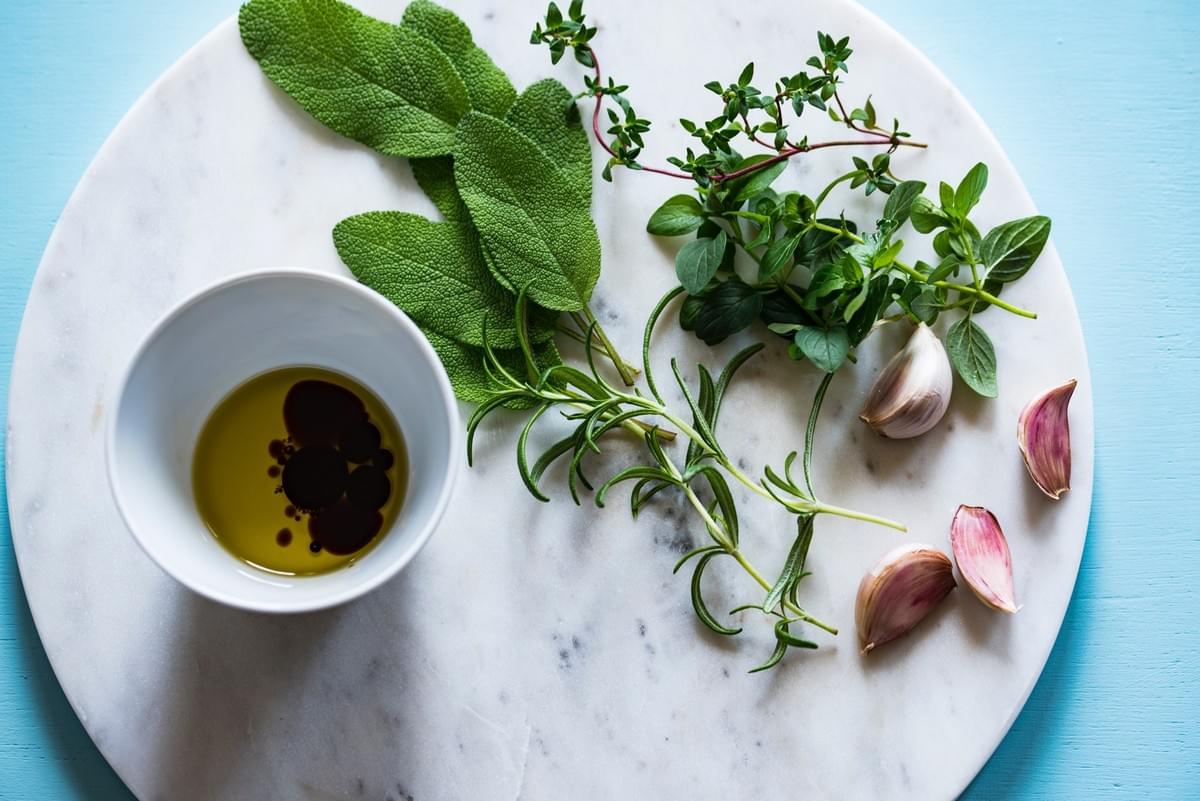
How many herbs should I use?
Unlike spices, you don’t want to use too many herbs to a single dish. Pair strongly flavoured herbs with other strongly flavoured ones and delicate herbs with other delicate ones for a milder dish.
Only use 1 or 2 herbs – otherwise they can overpower each other and you’ll end up with a rather strange tasting dish. Err on the side of caution, if you’re not sure just add less than you think and then taste – too much could ruin your dish.
In general a herb’s flavour should never mask the main ingredient in a dish, unless you’re making something like a pesto.
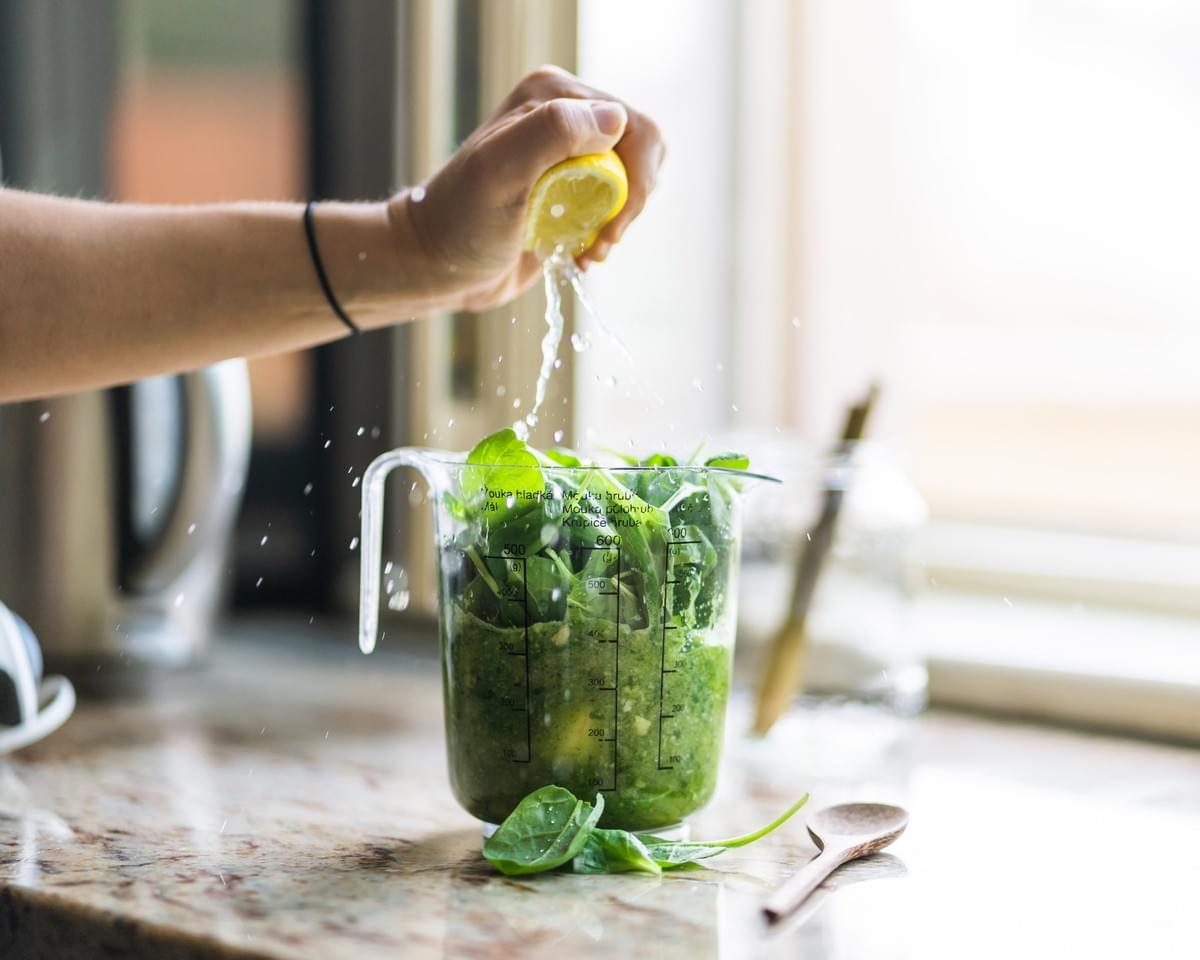
What is a sprig?
A sprig is a single stem – often used when referring to thyme or rosemary.
What to do with stems?
The stems of delicate herbs can be used in soups or stocks. Roots can also be used in this way.
Let’s get chopping!
The finer you chop your herbs, the more flavour is released. Leaves can also be torn and sprinkled over salad.

Dried Herbs
Dried herbs have a stronger flavour than their . You need to be careful if substituting dried herbs for fresh herbs. They’re generally about 3 times stronger.
1 tsp dried = 3 tsp fresh
Dried herbs need to be rehydrated during the cooking process so they’re normally used at the start of cooking. You can always use some dried herbs at the start combined with some fresh herbs at the end to finish your dish.
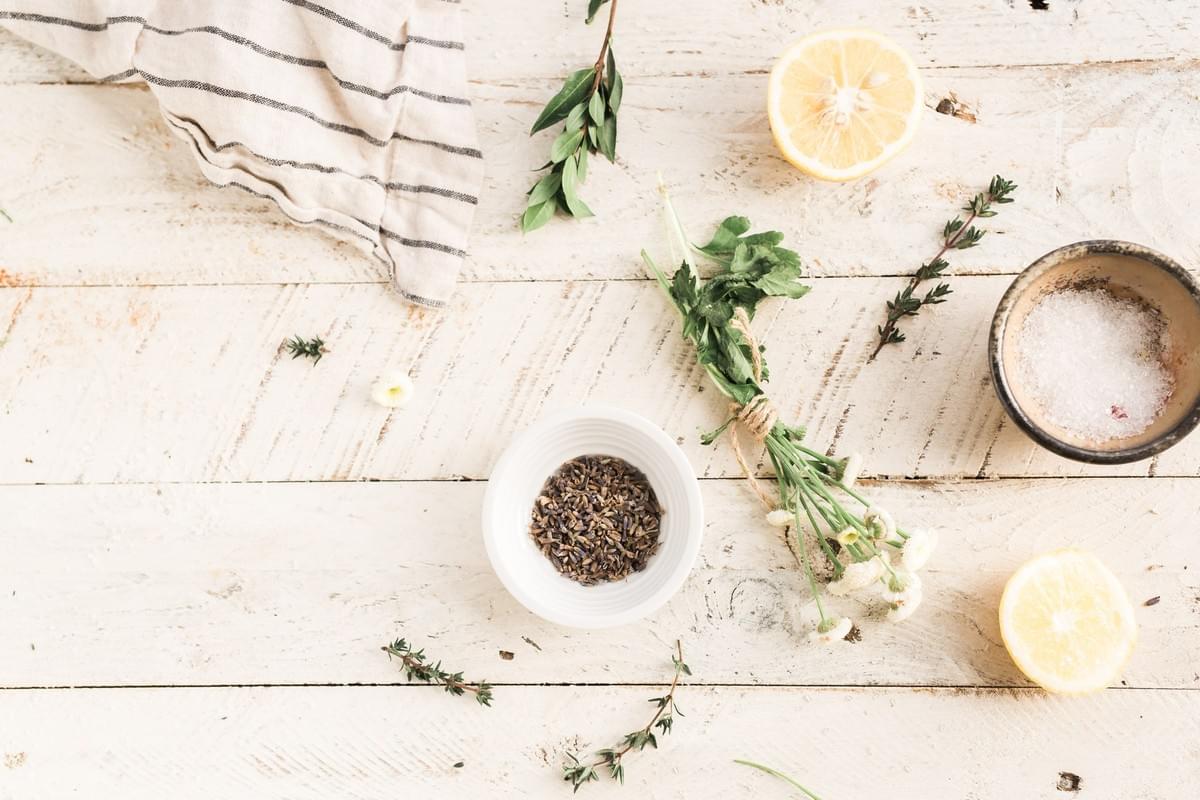
Buying Herbs
- Look for vibrant healthy leaves – avoid leaves that have turned yellow or black
- Avoid wilted leaves – these look droopy or may have started to get slimy
- Avoid flowering herbs if possible – these are past their peak
- Use organic where possible
How long do herbs last?
The flavour of herbs is best when they are fresh.
Herbs generally last a few days or max a week or two depending on the type of herbs.
Delicate herbs won’t last as long as hardy herbs.
Wash before using and pat dry with a clean tea towel or spin.
Storing Herbs
There are different ways you can keep your herbs.
A good way is to keep them in a jug of water in the fridge, covered with plastic to protect from the cold air. Remove the bottom leaves to stop them from rotting in the water. If you live in a cooler climate you can also store them on your counter top.
Woody or hardy herbs generally keep longer than delicate herbs. I normally just add some paper towel to the packaging – this absorbs condensation and will stop them from rotting.
You can dry or freeze any additional herbs. Always store dried herbs in a cool dark place – this will keep the most flavour.
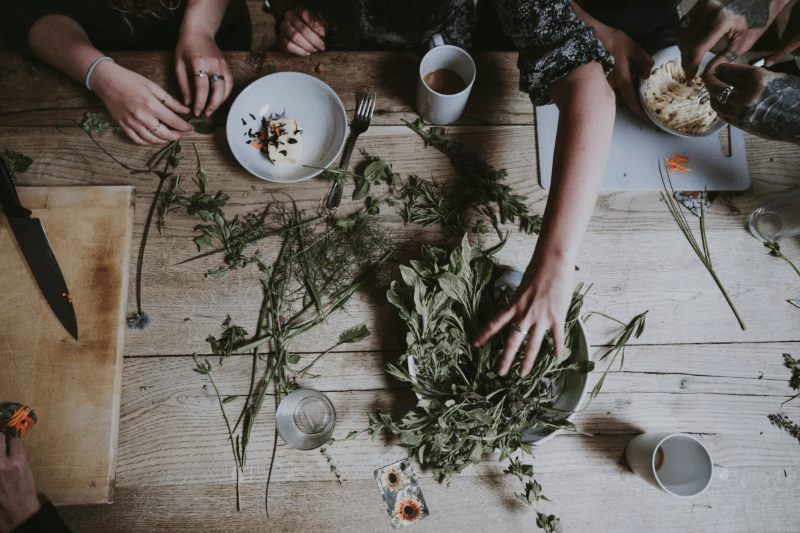
I hope this mini guide has been helpful to you and that you’ll feel more confident using herbs in your cooking. If you’re more of a visual learner you’ll love the graphic below. Please feel free to pin it to your Pinterest account.
Got any questions? Leave a comment below and I’ll do my best to answer them 🙂
